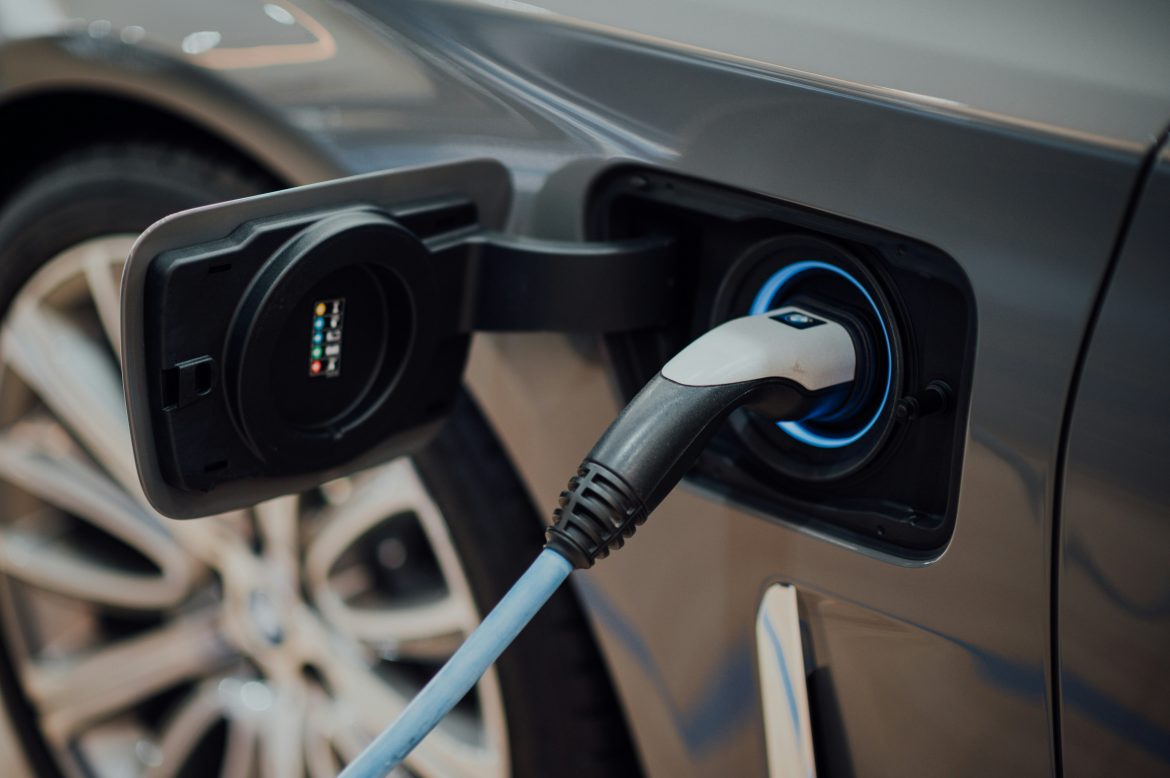Under the increasing pressure from rapidly developing Chinese car makers, European automotive giants are now noticing that they are in urgent need of reshaping the structure of their businesses, according to some industry insiders. Similar observations were made at the recent event conducted by Reuters. The experts questioned the ability of higher tariffs to strengthen their positions in the market, saying they will be of little help.
Government-subsidised Chinese electric vehicles (EVs) have alarmed European regulators who are now mulling over tariffs. European Commission President Ursula von der Leyen, on the other hand, posed a balanced approach by stating that the European Union would impose tariffs based on the perceived harm, with the provisional measures to be announced on June 5.
However, insiders reveal that Belgium’s actions will not prevent a future threat of encompassing China’s cheap EVs. With a huge cost advantage, Chinese manufacturers have gradually taken more market share in Europe’s new energy vehicles market with European automobile companies facing great pressure.
At the Reuters Events Automotive conference, Thomas Schmall, the Volkswagen board member, spoke about the issue, noting that time plays a crucial role. He stressed the fact that flexibility becomes the ultimate determining factor and not the sheer size of a company. Stellantis CEO Carlos Tavares has also called for quicker transition while also saying that regulation is an obstacle.
The threat from Chinese exports and the prospect of Chinese factories in Europe has prompted incumbent carmakers to create unlikely partnerships, demand more from their suppliers and even open talks with European unions about the future of factories and jobs. But that does not mean that all efforts have paid off. While Renault and Volkswagen halted talks on low-cost EVs to sort out the issues with their production, one can see what awaits everyone in the future.
In his interview, Renault CEO Luca de Meo pointed out that Renault needed to be competitive as both adversaries provided asymmetrical threats through China and US clean vehicle subsidies while stressing on flexibility and creativity of the automotive company in the current world today.



